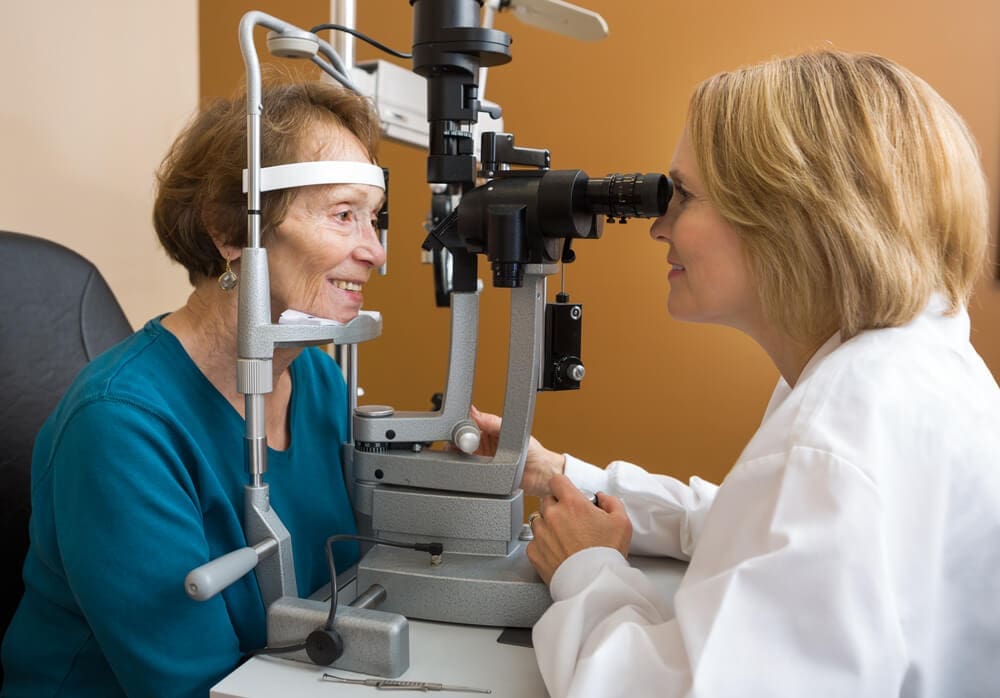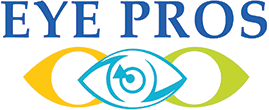Diabetes
Diabetic Eye Exam
Understanding the Importance of Diabetic Eye Exams

- Diabetic Retinopathy: Affects about 30% of people with diabetes. This condition occurs when blood vessels inside the eye leak blood and fluid into the retina, causing damage and potential permanent vision loss. Early detection and treatment are essential to preserve your eyesight.
- Diabetic Macular Edema (DME): Another complication of diabetic retinopathy. DME occurs when the macula, the central part of the retina responsible for central and color vision, swells due to fluid leakage from damaged blood vessels, leading to vision loss.
Even well-controlled diabetes can increase the risk of these conditions. Regular eye exams help detect any changes early, allowing for timely intervention and better management of your ocular health.
How Does a Diabetic Eye Exam Differ from a Regular Eye Exam?
While diabetic eye exams share similarities with regular eye exams, they specifically focus on assessing the retina’s health and the integrity of the eye’s blood vessels. Key differences include:
- Pupil Dilation: Your eye doctor will typically dilate your pupils to obtain a clear view of the inner structures of your eyes, including the retina, optic nerve, and blood vessels. Special eye drops are used, taking around 30 minutes to take effect. Temporary blurred near vision and light sensitivity are common side effects but usually subside within a few hours.
- Fluorescein Angiography: This test involves injecting a special dye into your arm, which travels through your bloodstream and highlights any damaged blood vessels within your eyes. A specialized camera captures images of the highlighted areas, aiding in the identification of abnormalities.
- Optical Coherence Tomography (OCT): This imaging test provides detailed cross-sectional images of the retina, allowing for a clear view of its fine details. It helps identify thinning or thickening blood vessels and the presence of leaking fluid.
- Glaucoma Test: Monitoring changes in intraocular pressure is crucial for early detection and treatment of glaucoma. A tonometer measures intraocular pressure, and the common “puff-of-air” test assesses the eye’s response.
- Vision Test: Evaluating your vision clarity for distant objects. You will be asked to read letters of various sizes on an eye chart to assess your visual acuity. Each eye is tested separately to identify any discrepancies between them.
When Should You Schedule a Diabetic Eye Exam?
The recommended timing for diabetic eye exams depends on the type of diabetes and individual circumstances:
- Type 1 Diabetes: Schedule an eye exam within five years of your diagnosis.
- Type 2 Diabetes: Schedule an eye exam immediately after your diagnosis, as this type is often identified years after its onset, making early detection of possible retinal damage critical.
- Pregnant Women with Diabetes: Schedule an eye exam within the first three months of pregnancy and another one year after giving birth.
After your initial eye exam, annual follow-up exams are generally recommended to monitor your ocular health. However, if any changes are detected during an exam, you may need to return for additional visits more frequently than once a year.
Diabetes can cause various changes within the body, including the eyes. By prioritizing regular eye exams as recommended by your eye doctor, you can maintain good ocular health and preserve your vision to fully enjoy life’s special moments.

